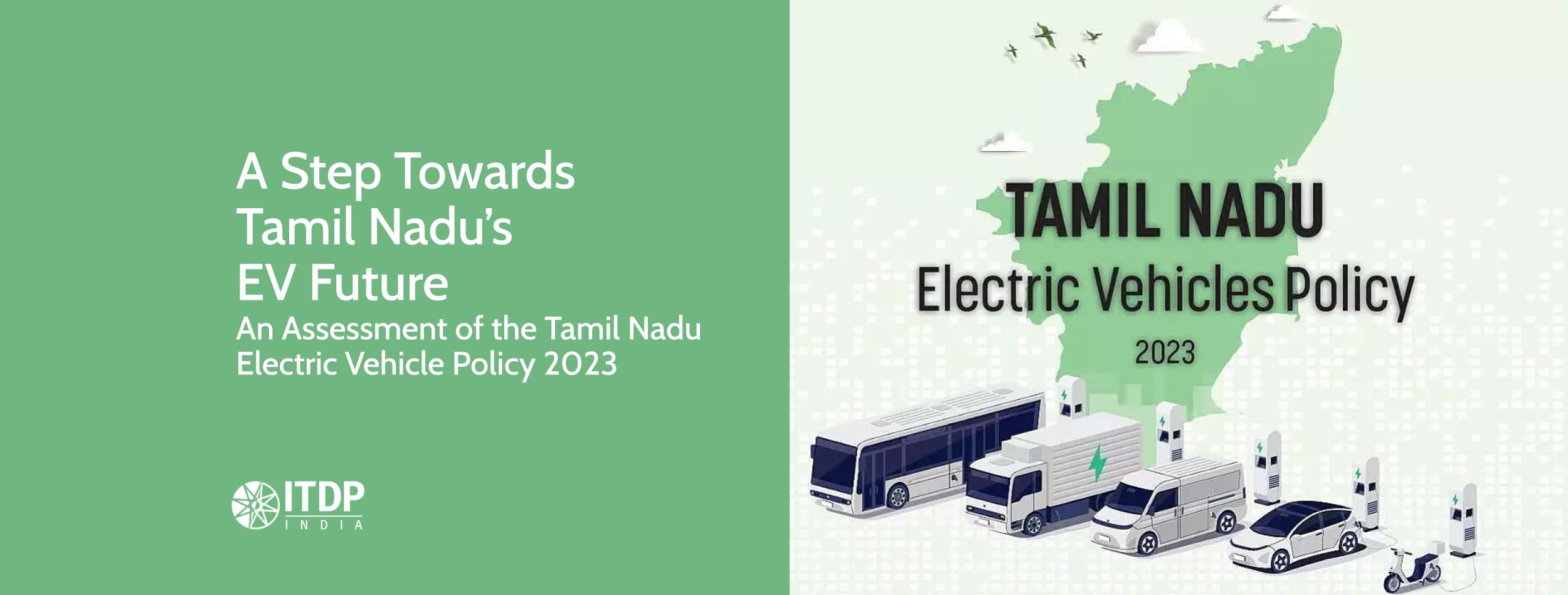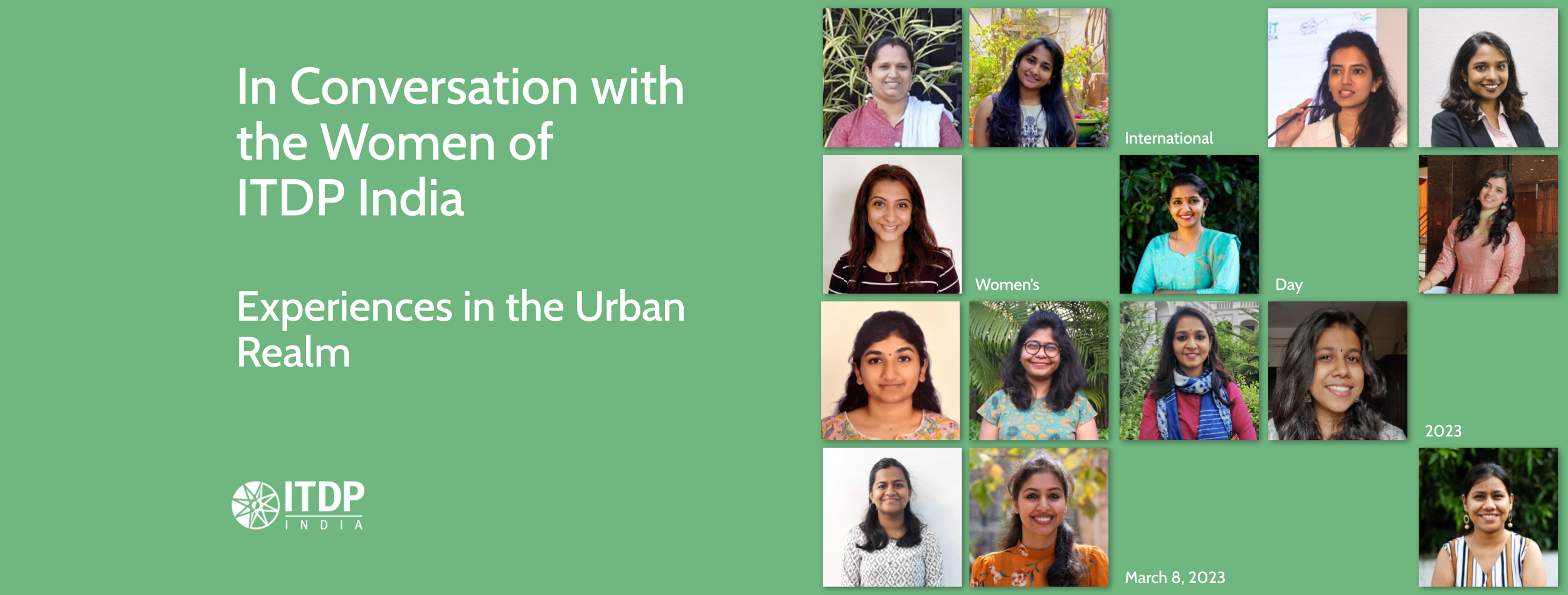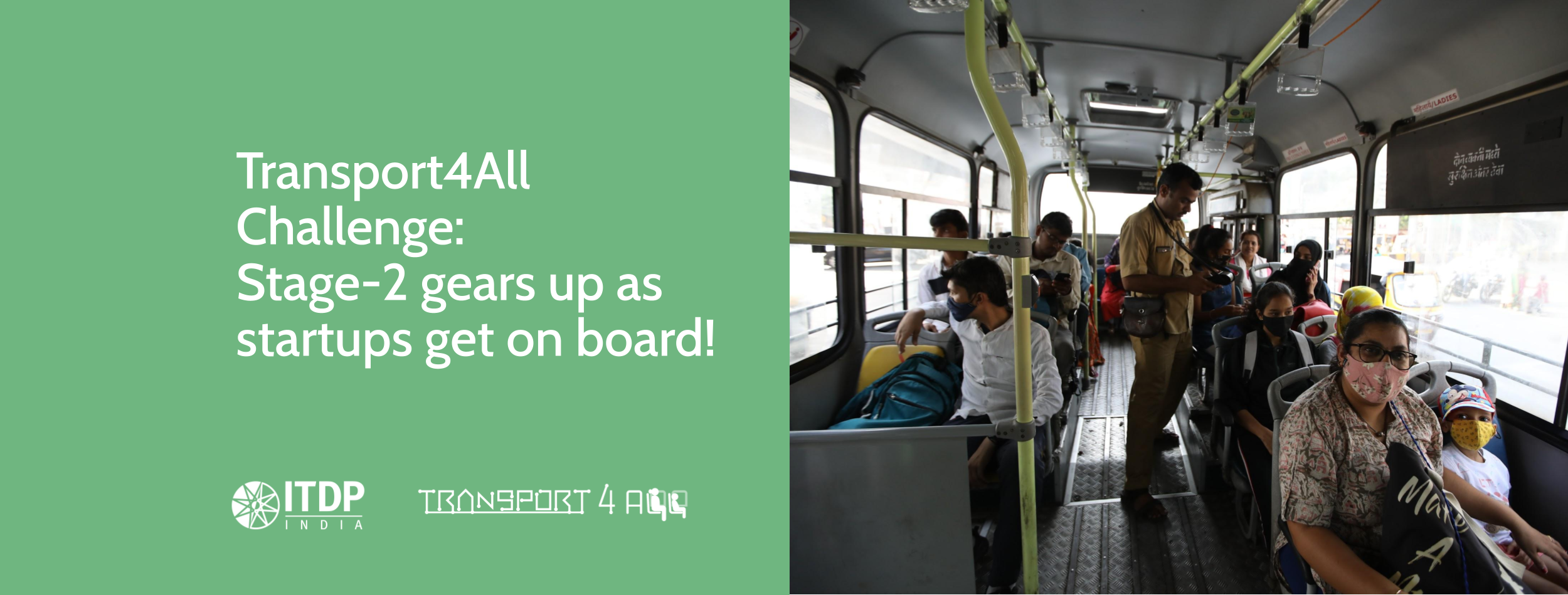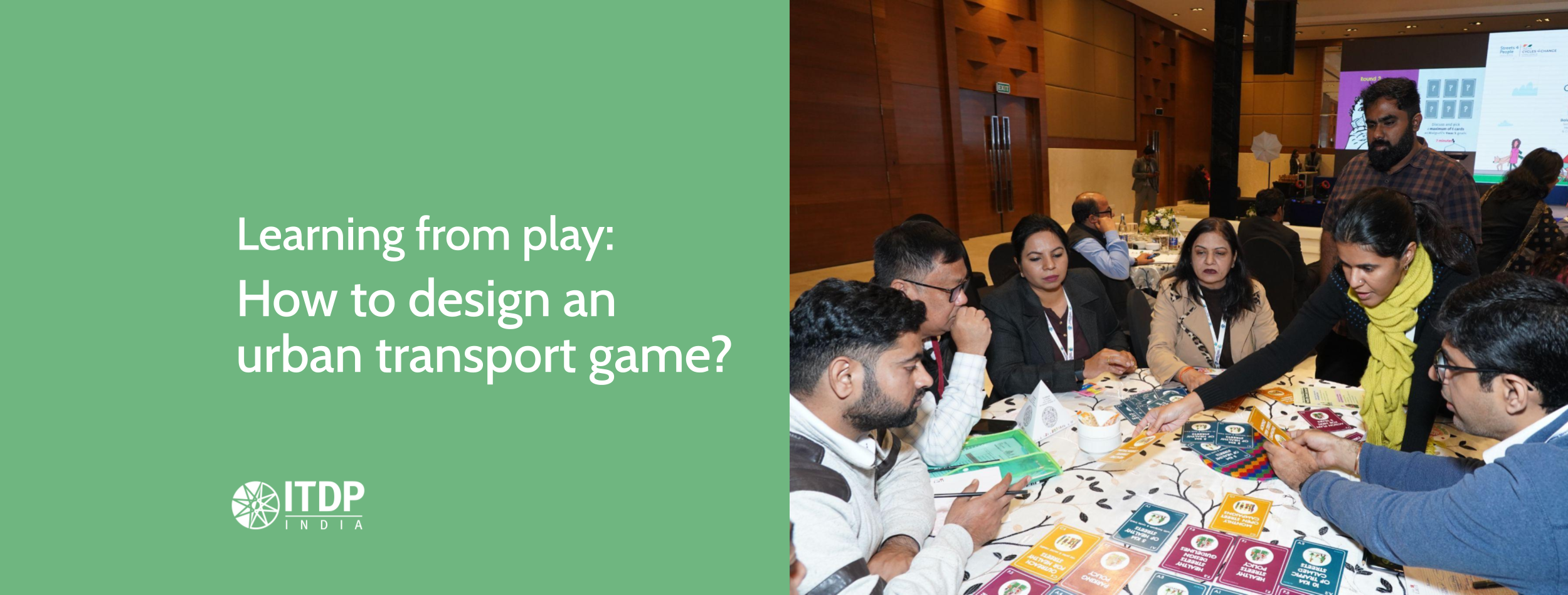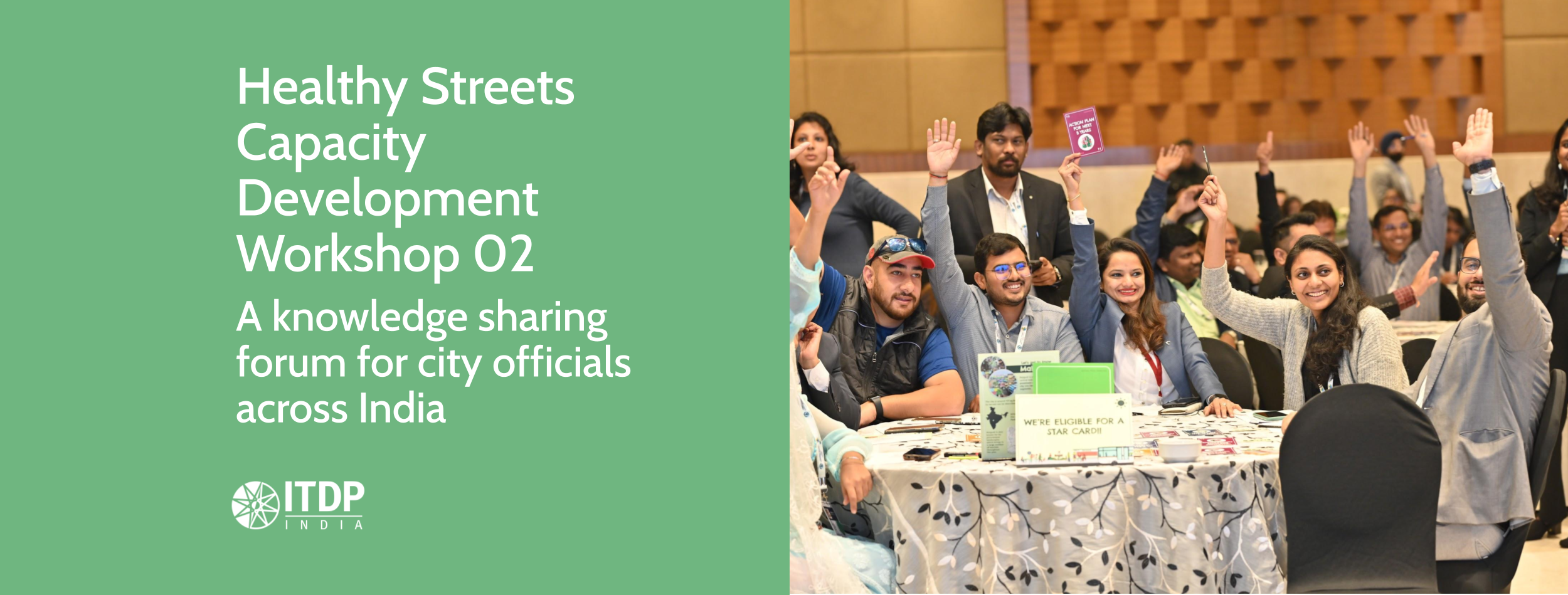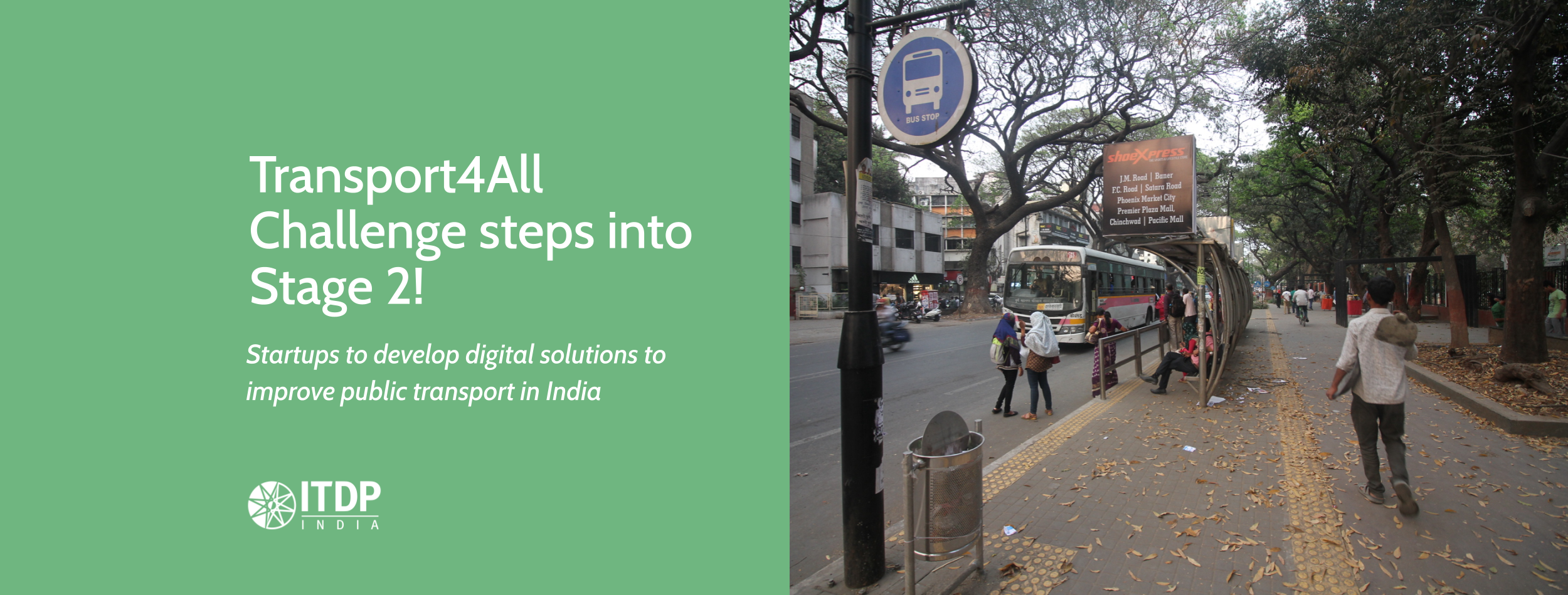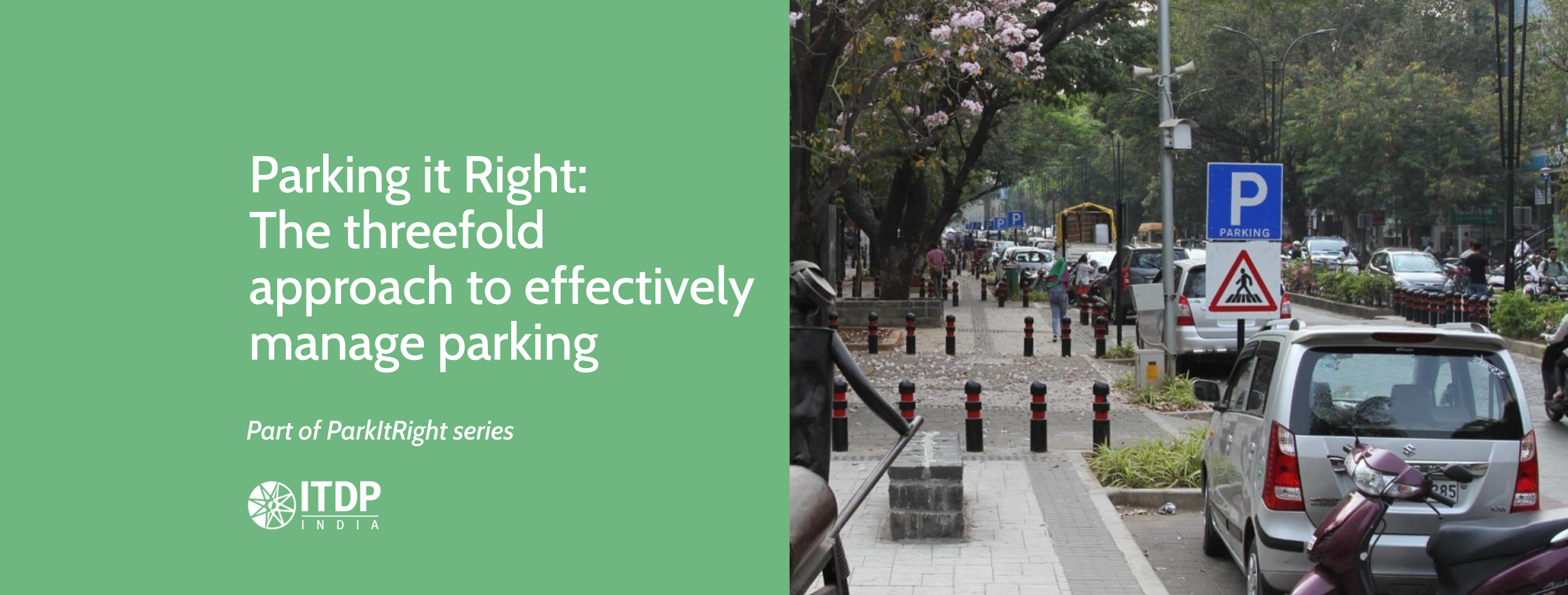Launch of E-Bus Basics, an illustrated guide to planning for, procuring, and operating e-buses.
India has taken significant strides towards embracing electric mobility to reduce transport-related emissions and dependence on fossil fuels, paving the way for a greener and more efficient transport future. By focusing on the electrification of buses, cities can offer a more environmentally friendly option to a significant number of passengers while simultaneously reducing long-term operational expenses.
ITDP India’s latest publication in collaboration with the Association of State Road Transport Undertakings (ASRTU)—E-Bus Basics—provides a step-by-step guide for bus operators to transition to electric buses. It will help the reader deepen their understanding of the essential aspects to plan, procure, and operate electric buses in India. The publication was launched at a national workshop hosted by ASRTU and ITDP India for state transport undertakings on ‘Accelerating Procurement and Operations of Buses through Public Private Partnership’.






